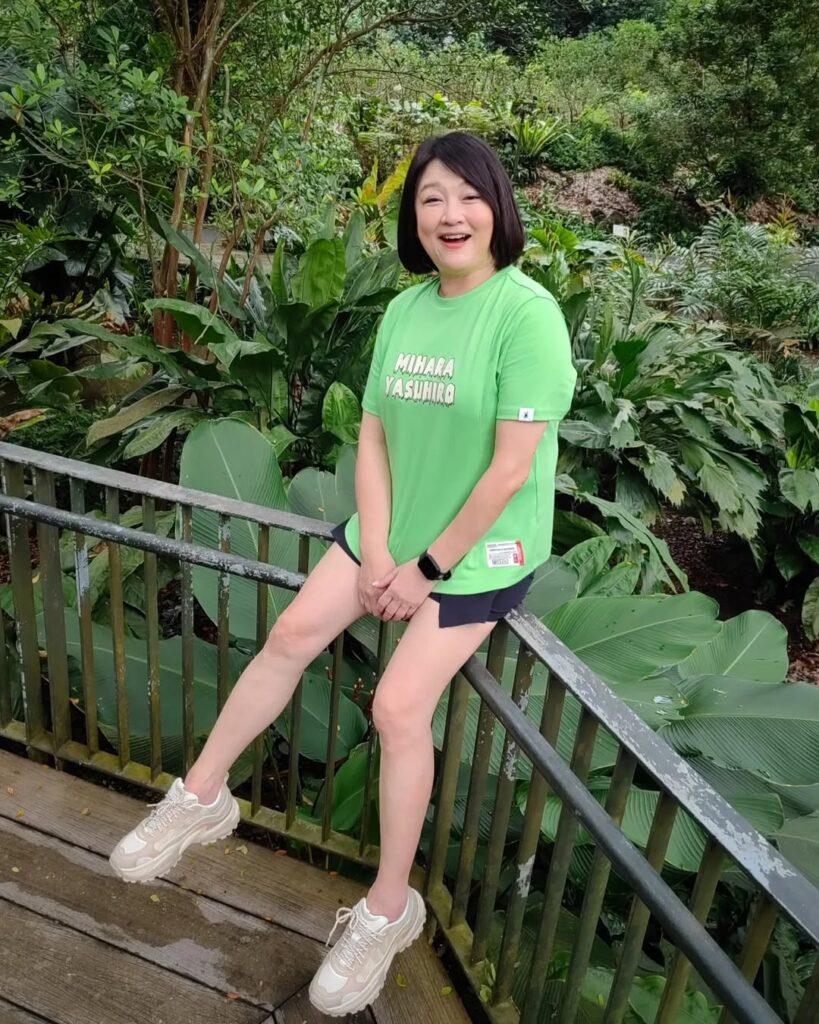Advertisements
Here’s a shocking statistic that made me pause mid-scroll: the average person checks their phone 96 times per day. That’s once every 10 minutes! When I first read this, I literally laughed out loud because I knew I was way above average. As someone who’s spent decades in the fitness industry, I’ve always preached about physical health, but I completely ignored my digital wellness until it started affecting everything else in my life.
You know what’s funny? I used to think digital detoxes were just another wellness trend for millennials. Boy, was I wrong.
The Wake-Up Call That Changed Everything

Last year, I was filming a workout video for my fitness programs when I realized something embarrassing. I kept checking my phone between takes – not for anything important, just mindlessly scrolling through social media. My poor videographer had to remind me three times to put the phone away because I was getting distracted by notifications.
That’s when it hit me: if I couldn’t focus on my own fitness content without getting pulled into the digital vortex, how could I expect to be fully present for anything else? The irony wasn’t lost on me – here I was, Chen Liping, someone who’s dedicated her life to helping people achieve physical wellness, yet I was completely addicted to my devices.
What Digital Detox Actually Means (And What It Doesn’t)
Let me be clear about something: digital detox doesn’t mean throwing your phone in a drawer and going completely off-grid. That’s not realistic, especially when you’re running a business and staying connected with family.
For me, digital detox became about creating intentional boundaries with technology. It’s about being more mindful of when and how I use digital devices, rather than letting them control my attention 24/7.
I started small. Really small. Like, embarrassingly small – I began with just 30 minutes of phone-free time during my morning exercise routine.
The Practical Steps That Actually Worked
Here’s what I learned through trial and error (and trust me, there were plenty of errors):
- Morning phone-free zones: I keep my phone in another room until after I’ve done my stretching routine. This simple change made my mornings so much more peaceful.
- Designated tech-free meals: Eating without scrolling helped me actually taste my food again. Who knew?
- Digital sunset: I stop checking work emails after 8 PM. This boundary was hard to maintain at first, but it’s been a game-changer for my sleep quality.
- Social media schedule: Instead of mindless scrolling, I check platforms at specific times. Usually twice a day, max.
The biggest mistake I made initially was trying to do everything at once. I lasted about two days before I was back to my old habits, feeling defeated and frustrated.
The Unexpected Benefits (That Nobody Talks About)
Sure, everyone mentions better sleep and reduced anxiety – and those are absolutely true. But here’s what surprised me: my creativity exploded. Without constant digital input, my brain finally had space to process and generate new ideas for my fitness programs.
I also noticed my relationships improving. When I wasn’t constantly checking my phone during conversations, people felt more heard and valued. My husband even commented that I seemed more “present” during our evening walks.
The productivity boost was real too. Without the constant ping of notifications, I could focus on deep work for longer periods. Writing content, planning workouts, and even responding to emails became more efficient.
When Digital Detox Gets Challenging
Let’s be honest – there were moments when I wanted to give up completely. The FOMO (fear of missing out) was real, especially when I saw colleagues posting about industry events I wasn’t following in real-time.
But here’s what I realized: most of the “urgent” digital stuff isn’t actually urgent. The fitness industry will keep moving whether I check Instagram stories immediately or wait until my designated social media time.
One thing that helped was finding analog alternatives. Instead of scrolling through fitness inspiration on Pinterest, I started flipping through actual magazines and books. The tactile experience was surprisingly satisfying.
Finding Your Own Digital Balance
Your digital detox journey doesn’t have to look like mine. Maybe you’re someone who needs complete breaks from technology, or perhaps you just need better boundaries like I did.
The key is starting with one small change that feels manageable. Don’t try to overhaul your entire digital life overnight – trust me, I learned this the hard way. Pick one area where technology feels overwhelming and experiment with boundaries there.
Remember, digital wellness is just as important as physical wellness. We wouldn’t ignore our bodies’ need for rest and recovery, so why do we ignore our minds’ need for digital rest?
Your Next Step Toward Digital Wellness
Digital detox isn’t about perfection – it’s about intention. Start small, be patient with yourself, and remember that every small step toward better digital habits is progress worth celebrating.
If you’re feeling overwhelmed by your relationship with technology, know that you’re not alone. It’s never too late to create healthier boundaries with your devices and reclaim your attention for the things that truly matter.
Want to explore more ways to create balance in your life? Head over to Chen Li Ping for more insights on wellness, fitness, and living intentionally. I’d love to hear about your own digital detox experiments in the comments!


